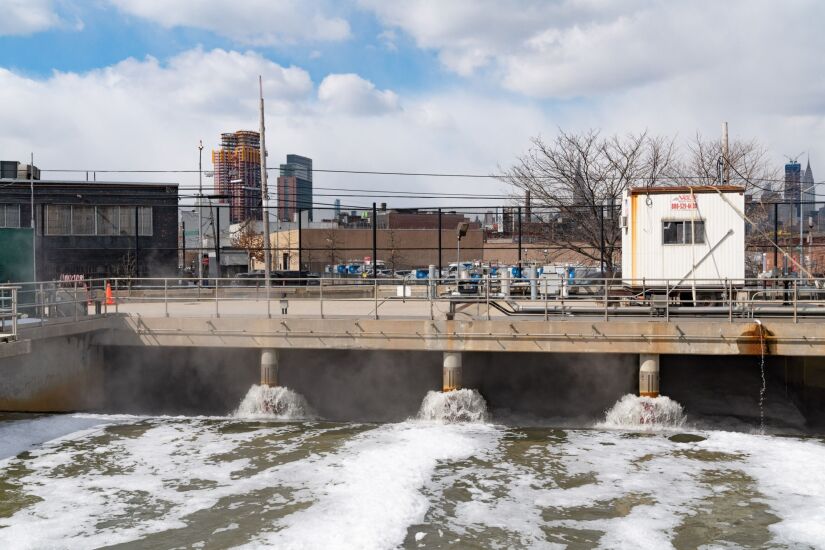Want unlimited access to top ideas and insights?
Read more about these and other infrastructure projects in our roundup.
Read more about these and other infrastructure projects in our roundup.





Next year, the "muni market could see stable to improving returns depending on yield curve positioning, with better performance possible at the long end of the curve," said Jonathan Rocafort, managing director and head of fixed income solutions at Parametric.
The state paused recently approved transportation taxes after a Republican-led campaign to reverse them delivered signatures for a ballot measure.
It is one of several P3-related recommendations the board made to Transportation Secretary Sean Duffy.
The city council president hopes the panel will override the mayor's veto of the budget this week.
Federal Reserve Gov. Stephen Miran said higher goods prices could be the trade-off for bolstering national security and addressing geo-economic risks.
"The steps that would be necessary to restore a sound fiscal profile are becoming increasingly drastic," the rating agency said in downgrading Jersey City.